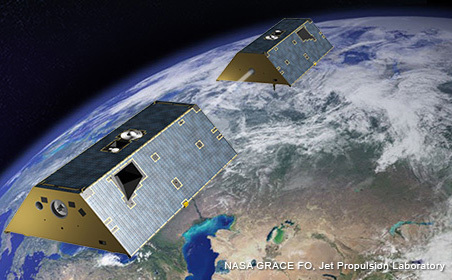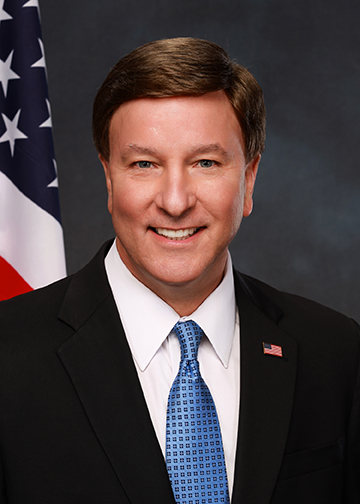With the swipe of a pen President Donald Trump set in motion the creation of a U.S. Space Force to help boost and focus efforts to defend U.S. space assets as other nations build out their capacity to cripple America’s on-orbit capabilities.
Space Policy Directive 4, signed in an Oval Office ceremony February 19, scales back the original plan for an entirely separate department. The language “initially” puts what looks to be a smaller organization under the umbrella of the Air Force though it leaves open the option for it to become a fully independent organization at some future date. This new, sixth branch of the armed forces is to:
- Strengthen America’s ability to compete, deter and win in an increasingly contested domain.
- Organize, train and equip our space warfighters with next-generation capabilities.
- Maximize warfighting capability and advocacy for space while minimizing bureaucracy.
The directive also launched a joint interagency review to be handled by the National Space Council and the National Security Council. They are to recommend changes to space operational authorities in order to “address the threats posed by foreign adversaries.” The Department of Defense is also supposed to find ways to collaborate with the intelligence community “to improve space capabilities and operations.”
To bring the Space Force into existence, however, defense officials have to develop a legislative proposal for lawmakers who must then pass enabling legislation and allocate resources.
Though there are already proposals on the table, said a source familiar with the issue, the Department of Defense (DOD) doesn’t have much time to work out the details of their proposal to Congress. In fact some key decisions, the source said, will have to be made in the next two weeks.
“They have to have it done — if they are going to have any influence — prior to the submission of the 2020 budget,” the source said. “They’ve got to make some hard decisions before that and then submit it to Congress.”
The White House’s federal budget request for fiscal year 2020 was supposed to be sent to lawmakers March 4, but the partial government shutdown forced that to be delayed. An overview of the budget request is now expected on March 11 with more detailed documents to be released March 18.
Between now and then officials have to reportedly run their proposal pass the Office of Management and Budget and then get approval from Acting Secretary of Defense Patrick Shanahan and President Trump.
Until Shanahan and the president sign off, “it won’t be a done deal,” the source said.
It’s not clear, however, how welcome the proposal will be in a divided Congress. Adam Smith, D-Washington, the new chair of the House Armed Services Committee, came out against the idea of a Space Force in September out of concern it would create a costly, separate bureaucracy at a time when resources are limited. He has recently warmed to the idea, however, according to a report in Politico, perhaps because the initial scope of the organization has been scaled back.
The Air Force last September put the cost of creating a fully separate department at $13 billion or more, a cost that was based on an estimated force of some 13,000 people. Shanahan said in November, however, that the cost would be in the single-digit billions. The source confirmed that the current plans are much more modest with a starting staff of just under 700. Even so, the source indicated, key elements are still very much in flux.
“It’s like the fog,” the source said. “It’s there, but you can’t get your hands on it.”






